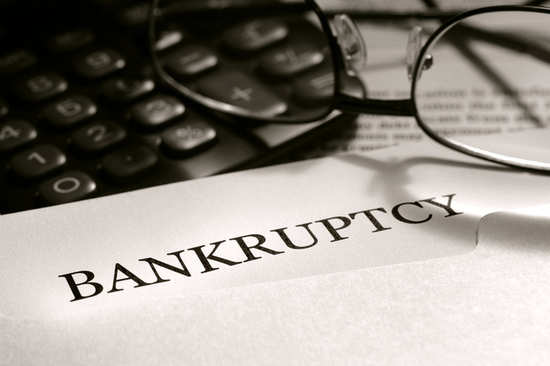
It’s no wonder that the word “bankruptcy” sends shivers down the backs of debtors who have hit hard financial times. Despite the system’s intent that bankruptcy works as a mechanism for giving the debtor a chance for a fresh start, the ramifications of declaring bankruptcy are far reaching and drastic, to say the least.
Debtors facing foreclosure or excessive debts are too often under the misconception that declaring bankruptcy is the perfect solution to these problems.
There are good reasons to look at the alternatives: bankruptcy stays put on your credit record for quite a long time, and it makes advancing in life incredibly difficult. In addition, as noted by Investopedia, the updated bankruptcy law, passed in 2005, includes severe restrictions that make it more complicated to file for bankruptcy.
In a recent article by Carrie Smith of The Simple Dollar, Smith notes that Chapter 7 and Chapter 13 are the two main types of bankruptcy available for most debtors:
Chapter 7 is often referred to as “liquidation” bankruptcy because it will discharge most of your unsecured debt, including personal loans and credit cards. You’ll be required to pass a “means test,” have a certain amount of income, and may be forced to sell any non-exempt assets. For the most part, however, Chapter 7 filers are able to keep most of their assets. The entire process for this lasts about three or four months.
Chapter 13, however, works differently and is known as the “reorganization” bankruptcy. As Smith notes:
This option will set you up on a repayment plan and force you to pay back your creditors over time. No property is required to be liquidated in the process, but it may take three to five years to finalize everything. To become eligible for this type of bankruptcy, you need to have regular income to make the required monthly payments.
Another option, Chapter 11, has a repayment plan involved that is similar to Chapter 13, except it only applies to specific creditors, not everyone. It doesn’t completely reset your debt, in other words, and allow you to begin fresh as Chapter 7 or as Chapter 13 sometimes does.
Chapter 12, one more option, is only available to farmers and fishermen.
Money Management offers these observations about the different kinds:
While bankruptcy does serve to help you obtain a fresh start with your debts, there are some ramifications to filing for bankruptcy. For example, Chapter 7 bankruptcy remains on your credit report for ten years, although that does not necessarily mean you won’t be approved for any credit before then.
As Smith from The Simple Dollar notes, bankruptcy is not necessarily the cure-all for your financial challenges. In addition, not every debt you have will necessarily be eligible for discharge. For example, bankruptcy will not help you deal with owed back taxes or child support. And before even considering bankruptcy, it is wiser to exhaust every other possible option you have to resolve your debt problems.
Conclusion: Don’t Rush Into the Process, If You Can Help It
There are good reasons to not rush into the decision to declare bankruptcy:
- The odds may work out against you with bad credit in your name
- Filing for bankruptcy has become complex as well as costly owing to the 2005 bankruptcy laws.
For this reason, always consult with a trustworthy bankruptcy attorney before filing becomes necessary. Ultimately, making the right move in the right situation can provide you with a needed respite from anxiety and debt.
